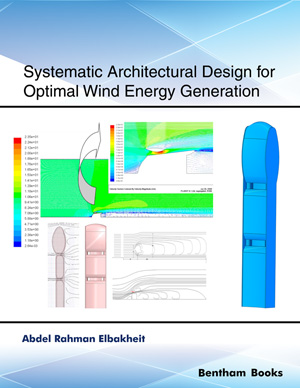Abstract
Development of hydrolytically or enzymatically labile bonds is an on-going process in connection to biomaterials. Synthetic biodegradable polymers such as polyhydroxy acids (PHAs), which include homo as well as copolymers of polylactic acid (PLA) and polyglycolic acid (PGA), are inexplicably used in drug delivery and tissue engineering applications. Adjusting the ratio of constituting architecture of block copolymers to manipulate amphiphilic behavior and chemical as well as physical properties is the prime methodology adopted for tailoring PHAs suiting specific requirements. It is critical to develop three dimensional porous scaffolds with enhanced cell adhesion characteristics for improved tissue regeneration while ‘modified’ release of payload is essential in novel targeted drug delivery systems. Combinatorial polymeric architectures composed of synthetic and naturally derived components aid in attaining these prerequisites by providing surface functionalities, optimal hydrophobic-hydrophilic ratio and flexibility of support. Synthesis of ‘tailored’ natural and synthetic biodegradable copolymers is the thrust research area making use of advantageous properties of both individual components for creating a unique structural analogy mimicking biological world. Biomaterials created solely from natural polymers such as polysaccharides and proteins find many uses as drug delivery carriers and ‘grafts’. However, they are mechanically weak, their integration with PLA and PGA considerably improve mechanical strength while retaining higher cell adhesion capabilities.
The present chapter details combinatorial approaches for the generation of large arrays of biodegradable polymeric materials entailing multitudes of components to meet their desired properties. Novel synthetic methods generating varied hybrid polymeric products like sponges, meshes, microspheres and nanoparticles are discussed.
Keywords: Alginate, biomaterials, blending, bone growth, cell differentiation, chemical attachment, chitosan, drug delivery, grafting, hyaluronic acid, hybrids, hydrolytic cleavage, nanocarriers, natural polymers, Poly(lactic-co-glycolic) acid, Polyhydroxy acids, polylactic acid, scaffold, surface modification, tissue engineering.












